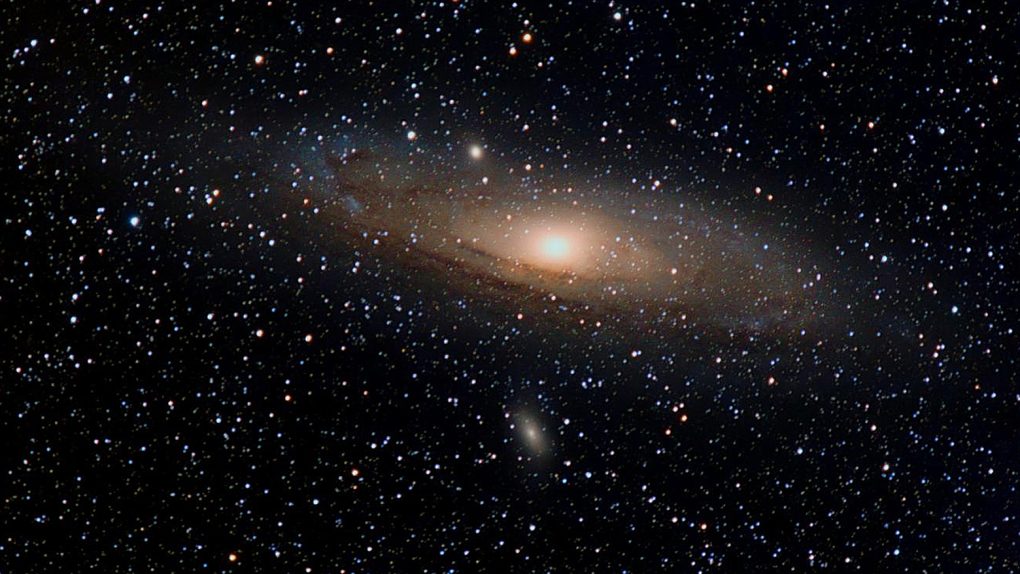Learning the secrets of the universe demands that humanity study its most ancient star-building regions, and the HERA radio telescope allows scientists to do just that. The telescope, which began collecting data early last year, has proven to be quite good at it, and now it’s about to get a whole lot bigger and better.
HERA, which stands for Hydrogen Epoch of Reionization Array, is located in South Africa. It was built to detect a wavelength of light closely associated with a very early time in the history of the universe, and even with just 19 antennas in total, it has demonstrated its ability to do just that. A huge grant from the National Science Foundation allowed researchers to begin planning expansions to HERA which would boost the number of antennas from 19 to 240. That would already be a huge bump in the scanning capabilities of the array, but now a new $5.8 million grant from the Gordon and Betty Moore Foundation will see the previously-planned 240-antenna layout expand to a whopping 350.
The addition of hundreds of new antennas will make HERA even more sensitive and give it the capability to peer even further back in time, thanks to the quirks of light travel. With the new and improved instrument, scientists will be able to see what was happening in certain parts of the universe as far back as 13 billion years ago, which could revolutionize our understanding of the Big Bang and the events that led to what we know today.








